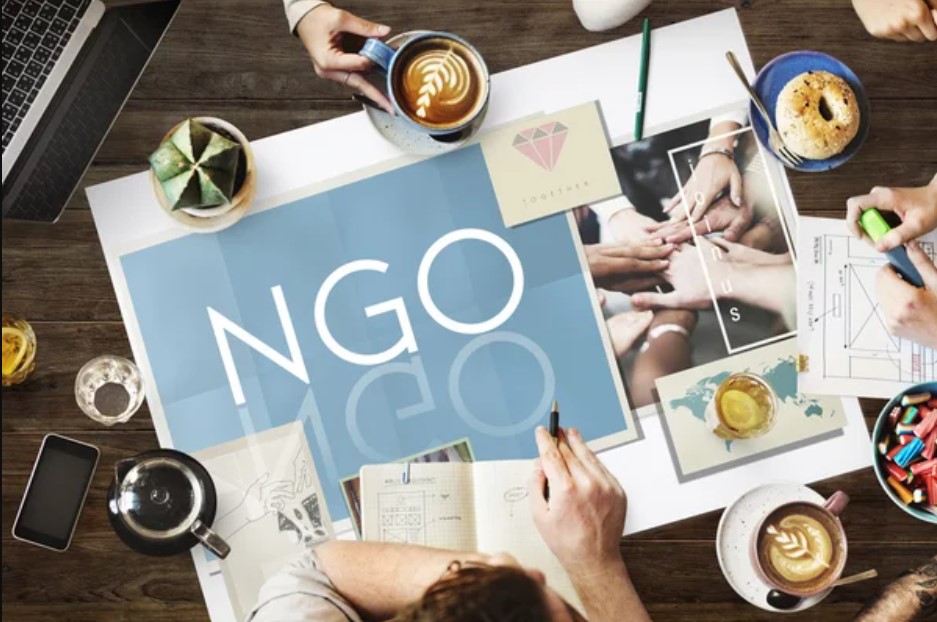When the Red Cross recently unveiled a blockchain-powered platform to track $50 million in disaster relief funds, donors watched in real-time as their contributions transformed into emergency shelters and medical supplies across three continents. This wasn’t merely a technological upgrade—it was a seismic shift in how humanitarian organizations rebuild trust in an age of skepticism. As someone who’s spent years dissecting both the promises and pitfalls of emerging technologies, I can attest that blockchain’s integration into nonprofit operations represents one of the most consequential developments in modern philanthropy—a fusion of technical innovation and ethical imperatives that could redefine giving for generations.
Why Donor Trust Hangs in the Balance
Picture this: A mid-sized environmental NGO receives a $2 million donation for rainforest conservation. Six months later, the donor—a tech-savvy millennial—requests a detailed breakdown of expenditures. What follows is a labyrinthine exchange of PDF reports, Excel spreadsheets, and third-party audit summaries that take weeks to compile. By the time the information arrives, the donor’s enthusiasm has waned, replaced by nagging doubts about administrative overhead and fund diversion.
This scenario, repeated daily across the nonprofit sector, underscores a brutal truth: Traditional financial reporting mechanisms are no longer sufficient. A 2023 Global Giving Institute survey revealed that 68% of donors under 40 demand real-time expenditure tracking, while 79% cite transparency as their primary criterion for repeat donations. The stakes couldn’t be higher—NGOs that fail to adapt risk hemorrhaging support from a generation that values radical openness as much as the causes themselves.
The Architecture of Trust
To understand why blockchain resonates with transparency advocates, let’s dissect its core mechanics through a philanthropic lens. Imagine a digital ledger—not stored in a single organization’s server but duplicated across thousands of computers worldwide. Each transaction becomes a “block” cryptographically chained to its predecessor, creating an immutable timeline visible to all permissioned participants. When Save the Children experimented with this model for Syrian refugee aid, they discovered an unexpected benefit: Donors could trace a $100 donation from a New York bank account to the purchase of winter coats in Aleppo—every step verified by multiple nodes in the network.
But here’s where it gets revolutionary: Smart contracts. These self-executing agreements embedded in blockchain code enable NGOs to program funds to release only when predefined conditions are met. Consider Oxfam’s pilot in Kenya, where agricultural grants are automatically disbursed when satellite data confirms crop planting—no bureaucratic delays, no manual verification. “It’s like having a tireless, incorruptible project manager,” remarked their CTO during our interview.
Where Theory Meets Impact
The World Food Programme’s Building Blocks initiative offers a masterclass in blockchain pragmatism. By creating a private Ethereum-based system for Syrian refugees, they reduced banking fees by 98% while giving donors granular insight into how each dollar converted into food vouchers. Yet the real innovation lay in the biometric integration—recipients accessing funds through iris scans, creating an auditable trail from donor to beneficiary.
On the flip side, blockchain’s limitations surface in smaller NGOs. Take EduChain, a startup helping rural Indian schools track infrastructure grants. Their founder confessed to me: “We spent six months just explaining blockchain to village councils. The tech works flawlessly, but without community buy-in, it’s just an expensive database.”
Privacy vs. Transparency
Beneath blockchain’s glossy promises lurk thorny dilemmas. When Médecins Sans Frontières explored blockchain for medical supply tracking, they hit a wall: How to maintain patient confidentiality while documenting drug shipments? The solution—a hybrid system storing sensitive data off-chain while recording anonymized transactions on-chain—reveals the nuanced balancing act required.
Regulatory landscapes further complicate matters. The EU’s GDPR, with its “right to be forgotten,” clashes directly with blockchain’s immutability. Legal experts I consulted warn that nonprofits must navigate this minefield carefully: “A poorly designed blockchain could turn your donation records into a liability,” cautioned a Brussels-based compliance officer.
Overcoming Inertia and Ignorance
Adoption barriers remain formidable. At a recent UN blockchain workshop, I witnessed NGO directors grapple with existential questions: Should they prioritize blockchain over frontline services? How to vet blockchain vendors in an unregulated market? The consensus: Partnerships matter. IBM’s collaboration with Aid:Tech to create donation-tracking systems shows how tech giants can shoulder infrastructure costs while NGOs focus on implementation.
Emerging trends suggest a hybrid future. Polygon’s eco-friendly blockchain protocols address environmental concerns, while zero-knowledge proofs enable transaction verification without exposing sensitive amounts. Imagine a donor seeing that their contribution reached a clinic (verified) without knowing the exact dollar figure—a compromise between transparency and discretion.
Rebuilding Philanthropy’s Social Contract
As dawn breaks over a Nairobi slum, a community leader scans a QR code to receive a water purification grant. In Zurich, the donor watches her phone update: “Funds deployed.” This instantaneous feedback loop—once science fiction—is now operational reality. Blockchain isn’t a panacea for NGO challenges, but it’s the most potent tool we’ve devised to combat the cynicism eroding public trust.
The path forward demands technical savvy and ethical vigilance. NGOs must resist the lure of “blockchain washing”—superficial adoption for marketing gains. Instead, by marrying this technology with participatory governance and donor education, we’re witnessing the birth of a new philanthropic paradigm—one where transparency isn’t just a buzzword, but a living, breathing protocol.
In the final analysis, blockchain’s greatest gift to NGOs might be intangible: The chance to say, “Trust us,” and actually mean it.





